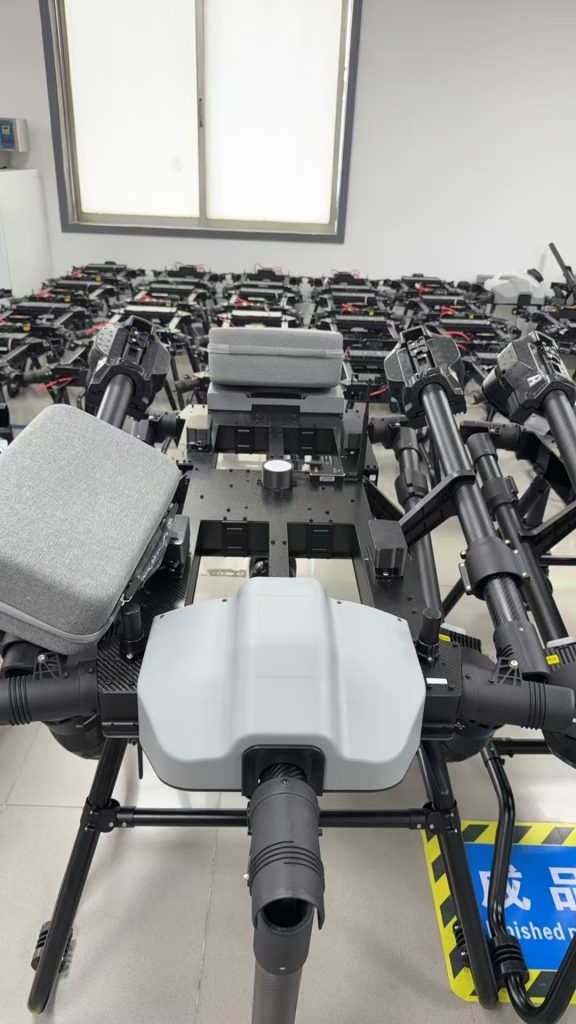
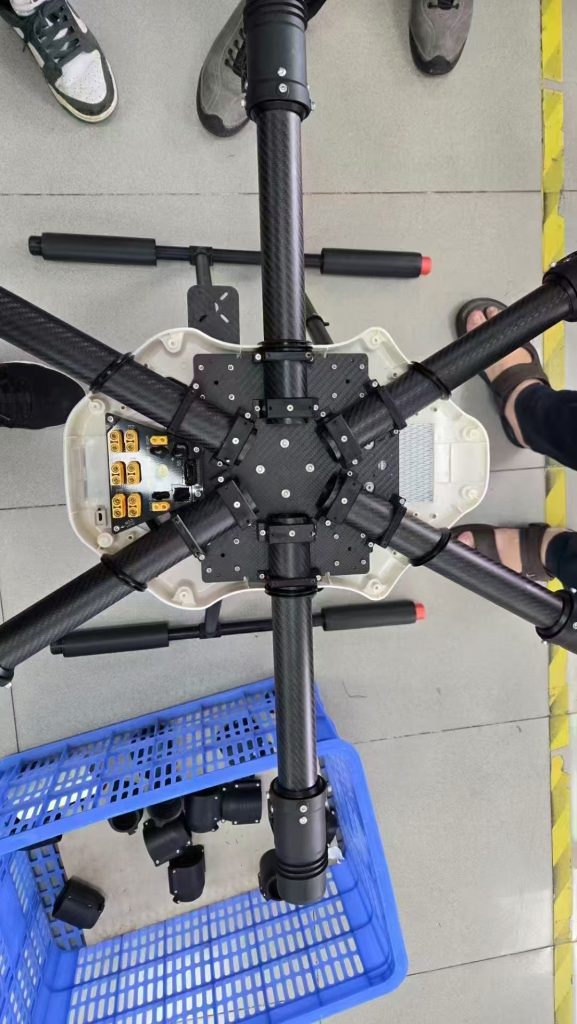
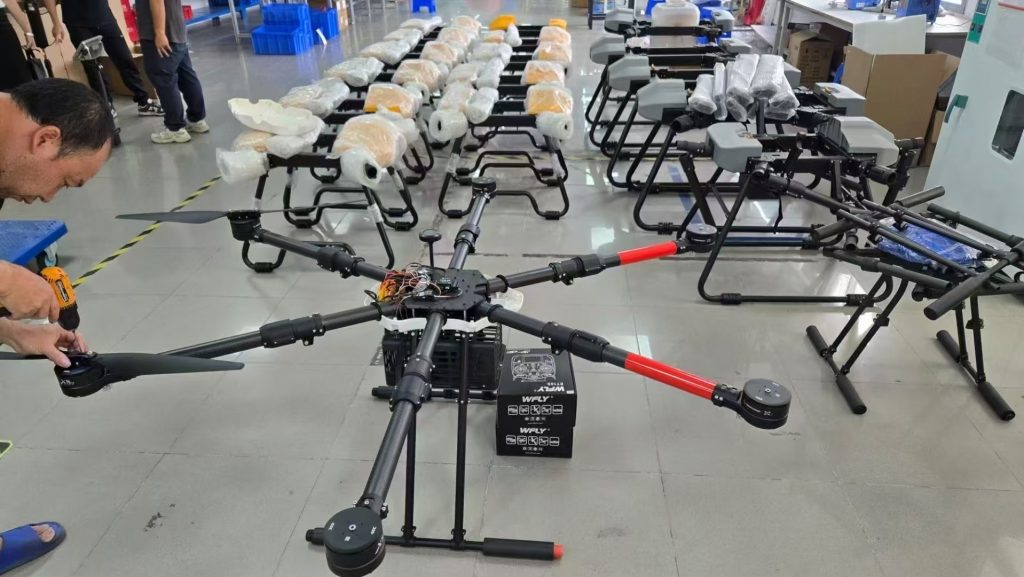
Indonesia is home to over 270 million people and a thriving agricultural economy. From rice paddies in Java to palm oil plantations in Sumatra, agriculture remains the backbone of rural livelihoods. However, traditional farming methods are struggling to keep up with the growing demand for food, labor shortages, and climate-related challenges. In response, agricultural drones are emerging as a powerful solution to transform how Indonesian farmers manage their crops.
🚁 What Are Agricultural Drones?
Agricultural drones, also known as UAVs (Unmanned Aerial Vehicles), are designed to perform tasks such as:
- Crop spraying (pesticides, herbicides, and fertilizers)
- Aerial mapping and imaging
- Plant health monitoring
- Seeding and fertilizer spreading
Using GPS and automated flight paths, drones help farmers monitor and treat crops with high accuracy, speed, and efficiency.
🌾 Why Indonesia Needs Drone-Based Farming Solutions
1. Complex Terrain and Land Fragmentation
Many farms in Indonesia are small and scattered. Drone technology is ideal for reaching narrow plots or hilly areas that tractors and large equipment can’t access.
2. Labor Shortages
The aging farmer population and lack of young workers make drone automation a practical alternative to manual fieldwork.
3. Chemical Efficiency
By targeting only the areas that need treatment, drones help reduce chemical use by up to 30%, saving money and protecting the environment.
4. Climate Adaptation
With unpredictable rainfall and pest outbreaks, drones provide fast and flexible crop protection solutions that can be deployed within hours.
📊 How Drones Improve Farm Productivity
- Time Savings: One drone can spray several hectares in less than an hour.
- Cost Reduction: Less labor, fuel, and chemical waste.
- Higher Yield Potential: Early detection of disease and nutrient deficiencies.
- Better Decision-Making: Aerial images help plan planting, irrigation, and harvesting more effectively.
💼 Applications Across Indonesian Agriculture
| Crop Type | Drone Use |
|---|---|
| Rice | Spraying, water management |
| Palm Oil | Aerial monitoring, mapping |
| Maize & Corn | Pest detection, fertilizer use |
| Vegetables | Spot spraying, imaging |
| Cocoa & Coffee | Terrain mapping, pest control |
✅ Features to Look for in an Agricultural Drone
- Payload Capacity (10L–30L for spraying)
- Flight Time (15–30 mins per battery cycle)
- Obstacle Avoidance Sensors
- RTK GPS for accuracy
- Multi-language interface (English & Bahasa Indonesia)
- Weather-resistant body for tropical conditions
🤝 Supporting Local Farmers Through Technology
As drone adoption increases in Indonesia, access to training and technical support becomes crucial. Many regions now support digital farming initiatives, making it easier for farmers to learn drone operation and integrate data-driven decisions into their daily routine.
Cooperatives, agri-tech startups, and agricultural input distributors are also partnering with drone suppliers to expand access in rural areas.
🌍 The Future of Agriculture in Indonesia
Indonesia is not just adopting drone technology—it’s building the foundation for precision agriculture. From improving food security to reducing environmental impact, drones are becoming an essential part of the farming landscape.
The next generation of smart farms in Indonesia will depend on automation, data, and sustainability—and drones are leading the way.
Conclusion
Agricultural drones are no longer futuristic tools—they are practical solutions available today. For Indonesian farmers, these devices represent a leap forward in how food is grown, protected, and harvested. Whether you manage a small rice field or a large plantation, investing in drone technology means investing in a smarter, more resilient future for farming in Indonesia.


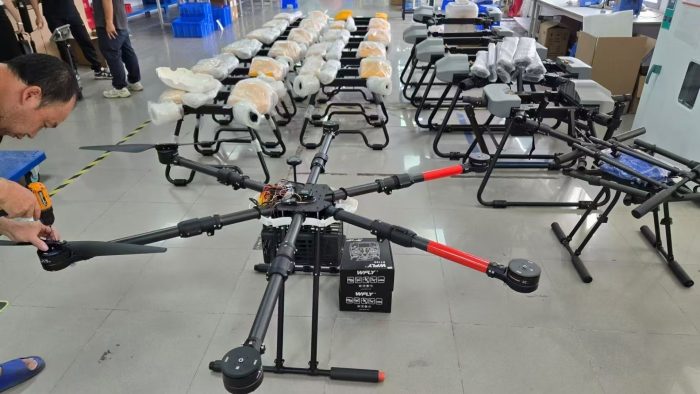

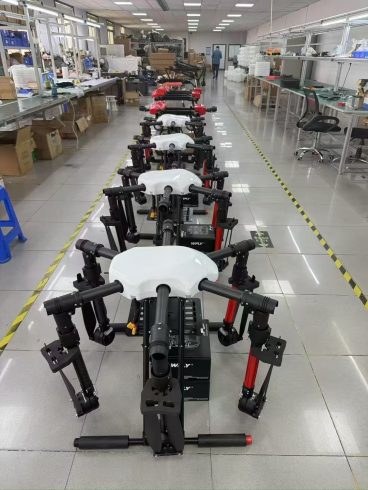
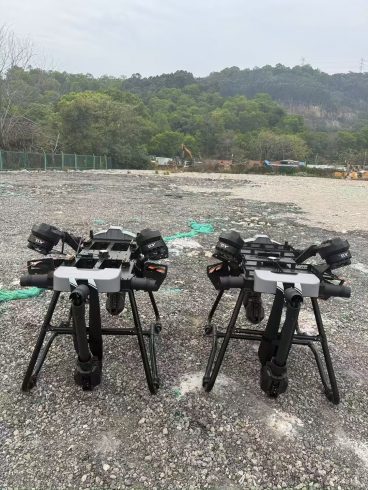
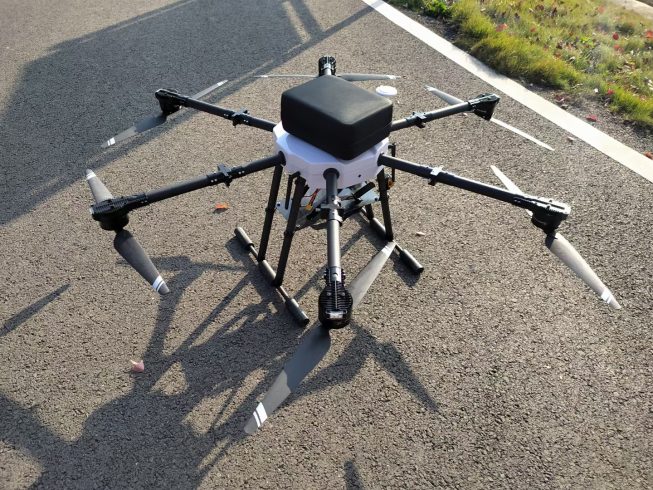
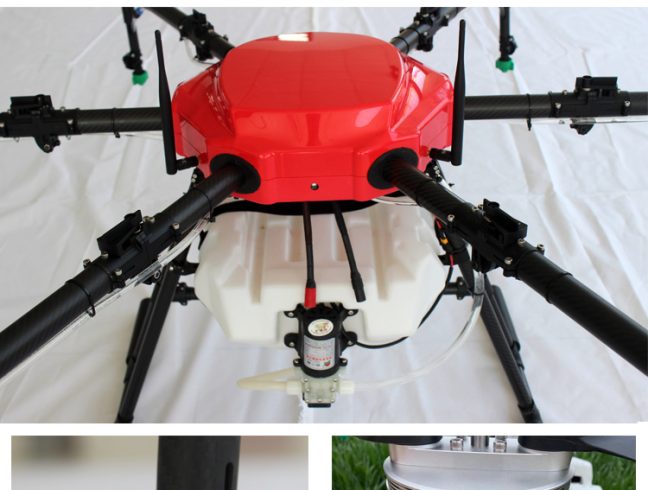

暂无评论内容